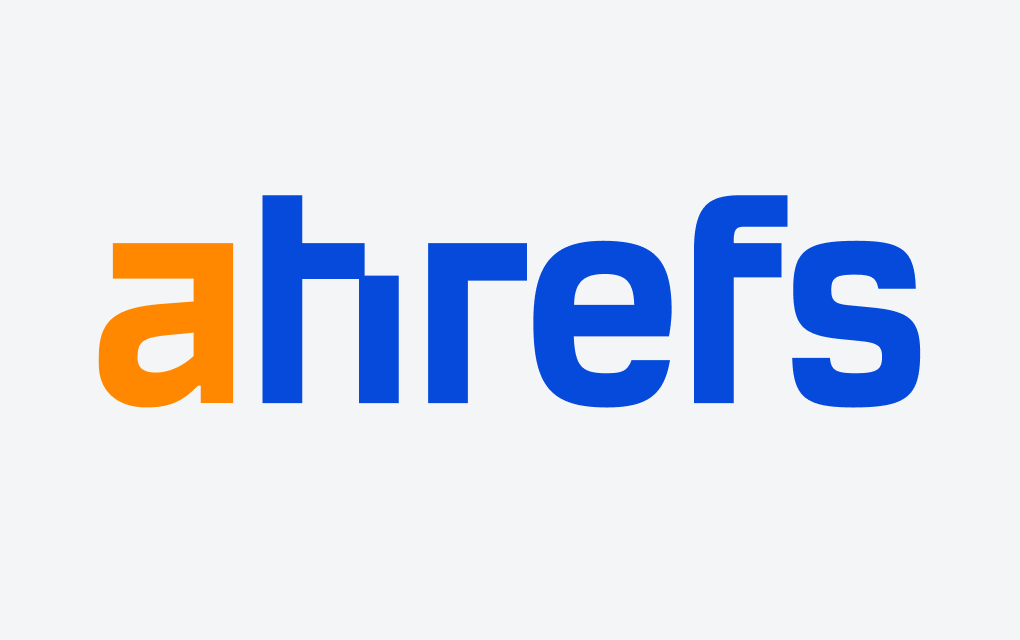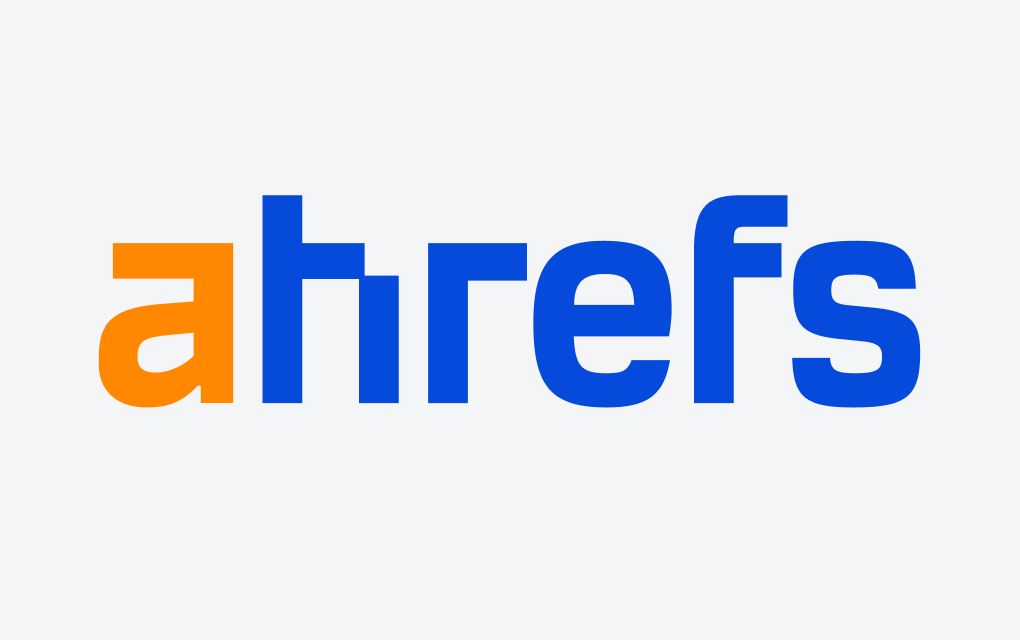
Ahrefs: A Deep Dive into the SEO Giant Empowering Digital Marketers
Search engine optimization (SEO) is no longer optional; it’s fundamental to online visibility, traffic growth, and digital success. In that landscape, Ahrefs stands out as one of the most powerful all-in-one tools for SEO, content marketing, and competitive analysis. Whether you are a blogger, agency, in-house marketer, or enterprise, understanding what Ahrefs offers—and how to use it well—can be a huge advantage.
This article explores Ahrefs in detail: what it is, its core features, strengths and limitations, how it compares to competitors, and best practices for using it to boost your site’s SEO performance.
What is Ahrefs?
Ahrefs is a software suite offering tools and data for SEO, content marketing, competitor research, backlink analysis, keyword research, site audits, rank tracking, and more. Founded in 2010 by Dmitry Gerasimenko, the company quickly became known for building one of the largest and freshest backlink indexes outside of Google itself.
At its core, Ahrefs allows you to understand your website’s performance in search, see how competitors are doing, discover content ideas, track keyword rankings, and inspect the health of your site so you can fix issues that may hurt discoverability.
Some of the hallmark aspects of Ahrefs:
Extensive backlink data (links to your site, links to competitor sites)
A broad keyword database covering many countries and languages
Tools for site auditing that reveal technical SEO issues
Competitive intelligence (what keywords your competitors rank for, what content they perform well with)
Content research and content gap tools
Because of this, Ahrefs has become a go-to tool for many serious digital marketers.
Core Features of Ahrefs
Let’s examine the main features in depth to see how they can be applied in practical SEO / digital marketing scenarios.
- Site Explorer
What it is: Ahrefs’ Site Explorer lets you see an overview of any domain (or subdomain or URL)—its organic search traffic, backlink profile, top pages, and more.
Use cases:
Evaluate competitor backlinks: Which sites link to them? From which pages?
Analyze which of their pages get the most traffic, and figure out what content works best
Identify content themes or keywords you might not have addressed yet
Why it helps: You can learn from others—what keywords they target well, what content gets attention, what backlinks are relevant. This informs your own strategy.
- Keywords Explorer
What it is: A tool to research and analyze keywords—for SEO and PPC.
Key functions:
Search volumes (by country)
Keyword difficulty (how hard to rank)
Related keywords, search terms, and “questions” that people ask
Traffic potential (how much traffic a keyword or set of keywords might bring)
How to use it well:
Choose keywords with a mix of difficulty and potential; not everything needs to be ultra-low competition, but balance effort vs reward
Look at “parent topics” or broader clusters to plan content silos
Use filters (volume, keyword difficulty, word count, etc.) to find long-tail keywords that match intent
- Backlink Analysis
One of the strongest parts of Ahrefs is its backlink tools:
Backlink Profile: See who’s linking to your site, what anchor texts are used, where the links are coming from (domains, pages), whether the links are dofollow or nofollow
Referring domains: You want many high-quality unique referring domains rather than many links from the same domain
Lost links: You can see links that used to exist, but no longer do. Perhaps repair or replace
Broken links: Find broken pages on other sites that link to pages on your site (or vice versa), opportunities for outreach
Backlinks remain one of Google’s strongest signals of authority, so keeping this aspect strong is vital.
- Site Audit
Technical SEO often gets overlooked. Ahrefs helps with:
Crawling your site for broken links, missing tags, duplicate content, slow pages, mobile usability issues
Internal linking structure checks
Checking redirect chains, canonicalization
Checking for orphan pages or pages not linked to
Regularly auditing your site helps ensure technical issues do not hinder rankings or lead to penalties.
- Rank Tracker
Knowing how your keywords perform over time is essential. Ahrefs lets you:
Track rankings of specific keywords over time (daily/weekly)
See how you perform in different countries, regions, or device types
Compare your performance vs competitors
This helps in monitoring SEO progress and adjusting strategy when things drop.
- Content Explorer & Content Gap
Understanding content demand and competition is key. Ahrefs gives content tools:
Content Explorer: Find the most popular content on the web for particular topics, by shares, backlinks, or traffic
Content Gap: See keywords that your competitors rank for which you don’t—that’s your content opportunity
- Alerts, Reports & Integrations
You can set up alerts for new backlinks, lost backlinks, keywords tracking, mention of your brand
Custom reporting helps show progress to clients or stakeholders
Integrations with Google Search Console, Google Analytics, etc. to bring external data in
Strengths & Advantages
Why many marketers choose Ahrefs:
Quality & Freshness of Data
Ahrefs is often praised for having one of the largest indexes of backlinks, and for crawling fast so that data doesn’t become too stale.
Comprehensiveness
You get a very broad toolset: keyword research, content research, technical SEO, rank tracking, competitive analysis, etc. It’s not restricted to just one area.
User Interface & Usability
Many find Ahrefs’ dashboards, charts, graph visualizations, and reports intuitive and easy to use.
Competitive Intelligence
Being able to peek into what competitors do—what keywords they rank for, what content gets traffic, what their backlink sources are—enables smarter strategy.
Content Strategy Support
Tools like Content Explorer and Content Gap help content teams plan based on what people are already engaging with.
International SEO
Wide country coverage for keyword and traffic estimates, useful if your site or your audience is global.
Limitations & Things to Be Aware Of
No tool is perfect. Here are some of the limitations or challenges with Ahrefs:
Cost
Ahrefs is a premium tool. For smaller businesses or solo bloggers, the subscription cost can be significant, especially if you need advanced features or multiple user seats.
Learning Curve
Because it offers many features, some are easier to use than others. Some of the more technical sections (site audit, backlink disavow, etc.) require a learning investment.
Data Estimations
Traffic numbers, keyword volumes, etc. are estimates, not exact. While they’re often directionally accurate, always cross-validate with your own analytics (Google Analytics, Search Console).
Lag in Some Metrics
Some updated data (especially newer backlinks or keyword rankings) may not appear instantly—depending on crawl schedules and index refreshes.
Focus on Larger Domains
Ahrefs sometimes shines more for larger sites with more links and data. For very small niche sites with few backlinks or traffic, some tools may be less useful (for example, when semantic data is scarce).
How Ahrefs Compares to Alternatives
It’s useful to see how Ahrefs stands relative to other SEO tools like Semrush, Moz, Majestic, or Ubersuggest.
Feature Ahrefs Semrush Moz Majestic
Backlink index size & freshness Very large / frequent updates Also large, good fresh data Less comprehensive for backlinks Strong in certain backlink metrics
Keyword research & difficulty tools Strong, with good country data Comparable + many extras (PPC / social) Simpler More limited
Site audit & technical SEO Excellent Also very good, slightly more features in some plans Good for basics Less so
Content gap / content strategy tools Good Also strong, sometimes more content marketing add-ons Basic Not main focus
Cost & plan flexibility Premium pricing Many plans, sometimes more flexible Less expensive options Niche tool
Ease of use Clean UI, intuitive for many Slightly steeper in places due to many features Very beginner friendly Specialized interface
Depending on your priorities (budget, level of technical skill, features needed), one tool might be more suitable than another. But Ahrefs is consistently among the top in independent reviews.
Best Practices for Using Ahrefs Well
To get the most out of Ahrefs, here are some practices and strategies that many successful users follow:
Start with a Site Audit
Before you dive into content strategy or backlinks, make sure your site is technically sound. Fix broken links, duplicate content, poor structure, slow pages, mobile usability. These are foundational.
Set Up Rank Tracking Early
Decide which keywords are most important, track them over time. Compare against competitors. This helps you measure progress and identify issues (drops, algorithm impacts).
Benchmark Against Competitors
Use Site Explorer to analyze what competing sites do well: which keywords bring them traffic, what content works, what backlinks help them. Use that to find gaps for your own content/new opportunities.
Leverage Content Gap and Content Explorer
Regularly check what content your competitors have that you don’t (content gap). Use Content Explorer to see what content is trending, what topics get links/shares, then aim to create better content.
Backlink Monitoring and Outreach
Use Alerts to know when new backlinks appear or are lost. Proactively reclaim broken/backlinks lost by competitor switching content, or via broken link building. Outreach based on high-value pages/domains.
Focus on User & Search Intent
Keywords are not enough; understand what people seeking that keyword want (information, action, comparison). Shape content accordingly. Use Ahrefs to look at ‘questions’ related to keywords and search results.
Use Data, But Cross-Check with Analytics
While Ahrefs gives excellent estimates, always align with your real traffic data (Search Console, Google Analytics) to make decisions.
Create Regular Reporting
If you have clients or stakeholders, set up dashboards/reports that show progress: backlinks, ranking improvements, site audit health, traffic trends. Use Ahrefs’ reporting tools to simplify this.
Use Cases: Who Benefits Most from Ahrefs?
Let’s consider different user types and how they can benefit specifically:
Freelance SEO / Content Marketers: To find content opportunities quickly, see what’s working for competitors, and show measurable ranking improvements for their own projects.
SMBs & Startups: To optimize limited content and budget by focusing on high ROI keywords, ensuring site health, fixing technical problems before scaling.
Agencies: Because agencies often need to manage many domains/clients, Ahrefs’ competitive analysis, reporting, rank tracking, and backlink monitoring help scale their efforts.
E-commerce Sites: Product pages, category pages, rich snippet opportunities, optimizing for long tail keywords, monitoring competitors, recovering lost backlinks, optimizing internal linking.
Enterprises & Global Sites: Handling multi-region keyword data, large site audits, complex backlink profiles, content in many languages, and competition at scale.
Tips & Strategies: Getting Maximum Value
Here are more tactical tips & strategies for leveraging Ahrefs for better ROI.
Use the “Parent Topic” feature: Sometimes targeting a broader topic can bring more cumulative traffic than focusing on many smaller, disconnected keywords.
Refresh or improve existing content: Use Ahrefs to find your pages that are ranking on page 2 or 3 and improve them (add depth, update data, optimize internal links, update title/meta) to push them to page 1.
Use internal linking smartly: Ahrefs can show your top pages (by traffic/backlinks)—link to newer content from those to boost visibility.
Broken link building: Find websites linking to pages that now return errors; reach out to suggest replacing those broken links with similar content from your site.
Monitor SERP features: See when keywords start triggering featured snippets, “People also ask”, images, etc. Tailor your content to optimize for those.
Geographic keyword targeting: If you operate in multiple countries, use the country/region-specific data in Ahrefs to refine keyword targeting per market.
Maintain consistency: SEO gains take time—regular content publishing, constant technical cleanup, consistent outreach.
Pricing & Plans Overview (as of 2025)
While pricing changes over time, here’s how Ahrefs’ plans typically work and what features are included. (Values approximate; check current on their site)
Plan Tier Projects / Users Keyword Tracking Backlink Reports Site Audit Limits Ideal For
Lite / Basic few projects, limited users lower # keywords tracked fewer pages crawled/backlinks shown smaller site audits Freelancers, small blogs
Standard / Growth more projects, more keywords, more pages more robust reporting larger backlink index deeper audits Growing SMBs, consultants
Advanced / Enterprise many projects, seats, full access to data highest limits, country-level tracking etc. full backlink profile, historical data, large crawling full site audits, support, often custom features Agencies, large brands with high traffic and many domains
Make sure you choose a plan that suits not just what you need today, but what you may need in 6-12 months as your site or business scales.
Ahrefs in 2025 & Emerging Trends
To stay ahead using Ahrefs, it helps to keep an eye on how SEO, content, and search are evolving.
AI & Search Behavior
Search engines are becoming more “semantic” and better at understanding user intent. AI chatbots and generative search (e.g. in search results or assistants) affect how people search. Ahrefs tools are increasingly including features for discovering related questions, topics, and context—not just raw keywords.
Search Features & Rich Snippets
Things like featured snippets, “people also ask”, image packs, video results are more common. Optimizing content for these can bring traffic even without being the top organic result.
Mobile & Speed
Page speed, Core Web Vitals, mobile usability are more central than ever. Ahrefs’ site audit covers a lot of these; optimizing performance can lead to better rankings and user experience.
E-E-A-T and Content Quality
Google increasingly values expertise, authoritativeness, trustworthiness, and experience. It’s not enough to just write content; it must provide real value, good structure, sources, trust signals.
Local & Voice Search
For many businesses, local search and voice search are growing. Keywords will shift. Looking for more conversational queries, optimizing “near me”, Google Business Profile, etc., is important.
Sustainability of Link Building & Content
For many sites, backlink building is harder; outreach fatigue, spam issues, etc. Content recycling, updating older posts, internal linking, also become more cost-effective strategies than always creating new content.
Final Thoughts
Ahrefs is among the top tools available for SEO, content marketing, and competitive intelligence. It combines depth and breadth: deep link data, strong keyword tools, audit functionality, content research, and competitor analysis. For those who invest time initially getting familiar with its features, the payoff can be substantial in terms of improved rankings, traffic, and visibility.
If you’re considering using Ahrefs:
Start with your biggest gaps (technical SEO, content gaps, backlink opportunities)
Use the data to drive action, not just reports
Invest in good content and good user experience; Ahrefs helps you see what works—but you still have to execute
Whether you’re striving to grow traffic, outrank competitors, or just understand what makes search engines favor certain content, Ahrefs offers a toolbox that remains among the most trusted in the industry.



